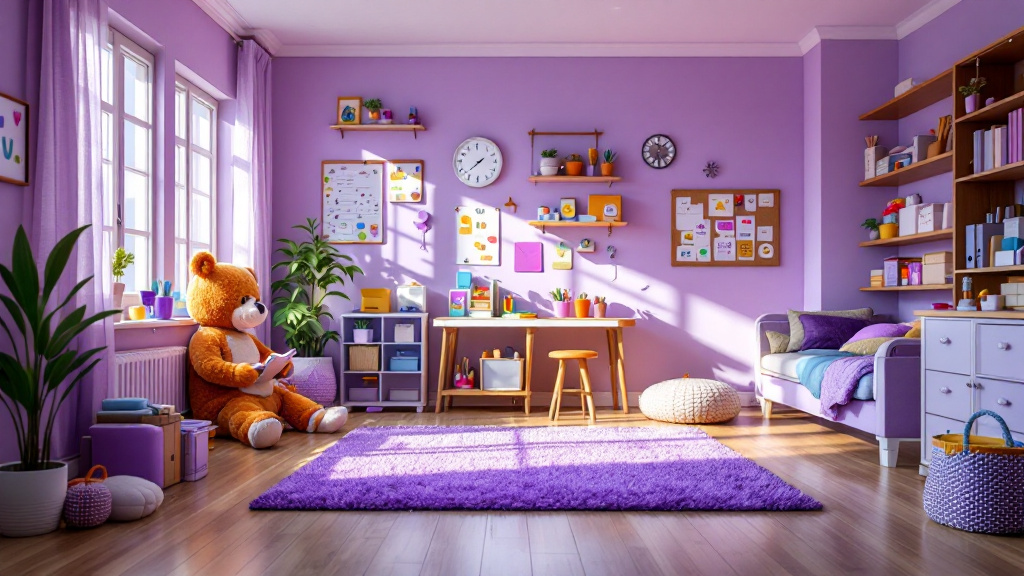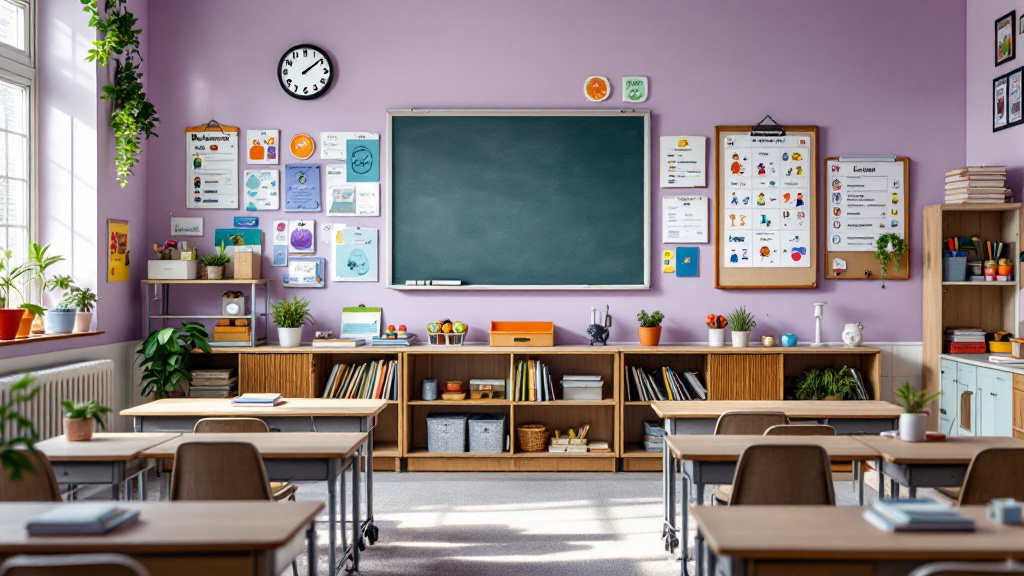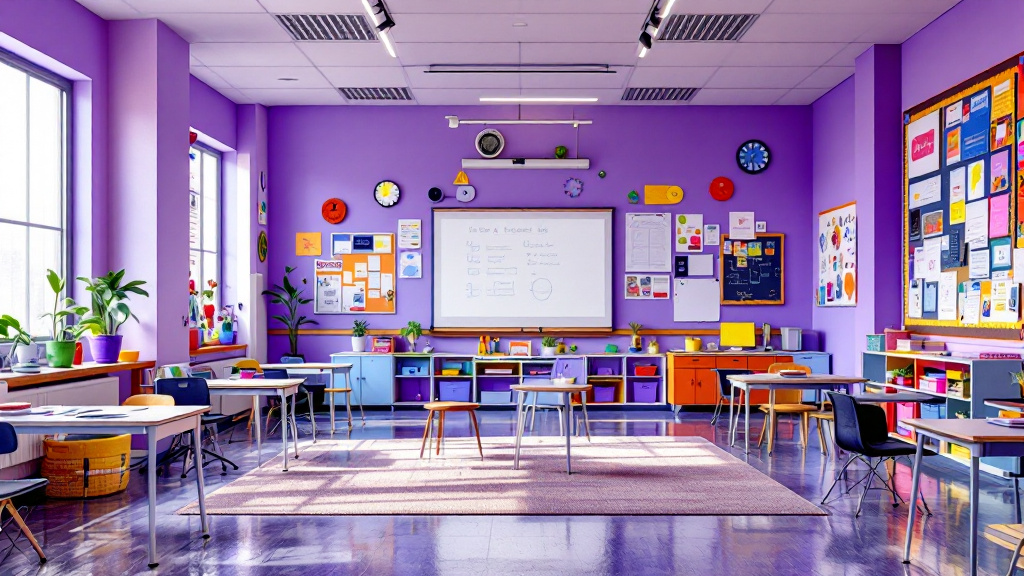Understanding ABA Therapy Beyond Sessions
Applied Behavior Analysis (ABA) therapy has long been recognized as a highly effective approach for helping individuals with autism and other developmental disorders improve their communication, social, and learning skills. However, the effectiveness of ABA therapy can be significantly amplified when its principles are extended beyond the therapy room and incorporated into daily life. This article explores various strategies and best practices that parents and caregivers can adopt to maintain and enhance the progress made during formal ABA sessions, ensuring a holistic and enduring impact on the child's development.
Reinforcing Skills at Home

How can ABA therapy skills be reinforced outside of formal sessions?
Reinforcing ABA therapy skills outside of formal sessions is vital for children's learning and development. Parents and caregivers can seamlessly incorporate these skills into daily routines. Activities such as mealtime, playtime, and chores are great opportunities for practice. This not only helps reinforce learned behaviors but also makes the process fun and engaging.
Incorporating ABA skills in daily routines
By involving children in everyday tasks, caregivers can create multiple chances for them to apply and practice their ABA skills. For example:
- Mealtime: Encourage children to help with setting the table or choosing nutritious options.
- Playtime: Incorporate games that challenge communication or social skills learned in therapy.
- Chores: Assign age-appropriate tasks, rewarding them with positive reinforcement when completed successfully.
Using consistent language and prompts
Consistency is key in this reinforcement process. Using the same language and prompts as in the therapy sessions ensures that children understand expectations clearly. This continuity supports the ABA principle of generalization, helping children retain skills in various environments.
Observation and adjustment
Regularly observing the child's behavior in real-life situations allows caregivers to gauge progress effectively. This analytic approach provides insights into what works and what might need adjustment. As children navigate different contexts, caregivers can refine strategies collaboratively with therapists, ensuring personalized and effective support.
By combining daily routines with intentional reinforcement and consistent communication, caregivers can greatly enhance children's learning experiences at home.
Applying ABA Techniques in Everyday Settings

How can ABA techniques be applied in everyday settings?
Applying ABA techniques in everyday settings involves a structured approach utilizing the core dimensions of behavior analysis. The focus starts with identifying socially significant behaviors. This means targeting elements that genuinely improve an individual’s life, such as enhancing communication abilities or adaptive skills.
To ensure these behaviors are measurable, therapists can employ observation checklists and tracking sheets, which provide clarity on progress over time. This data-driven approach helps in making necessary adjustments to interventions based on individual development. Regular assessments keep the therapy effective and aligned with the child’s needs.
It’s crucial that all interventions are grounded in scientific research, ensuring they are evidence-based. This allows caregivers and therapists to implement best practices consistently across different settings. Clear communication regarding procedures supports consistency among everyone involved in the child’s learning process.
What strategies support generalization of ABA skills?
To promote the generalization of learned skills, parents and caregivers should ensure these skills are practiced in multiple environments. Here are some effective strategies:
- Reinforcement: Use praise and tangible rewards to encourage desired behaviors in various settings, making it more likely that these behaviors will be repeated.
- Routine Practice: Incorporate ABA techniques into daily routines, such as mealtime communication or social interactions during playdates, to reinforce their use outside structured therapy sessions.
- Collaborative Goals: Work closely with ABA therapists to adjust strategies based on the child’s progress, ensuring that skills remain relevant and functional across different contexts.
- Structured Environments: Create a dedicated, distraction-free space at home for practicing skills, enhancing focus and engagement during learning.
Using these strategies helps children apply their skills independently, reinforcing their learning and development in everyday activities.
Fostering Development in Naturalistic Environments

What are best practices for supporting a child's development in naturalistic environments?
Supporting a child's development outside of structured therapy sessions is essential. To do this effectively, several best practices should be followed:
Tailoring Interventions to Child’s Interests: Carefully observe and engage with your child’s interests to create relevant and motivating learning opportunities. When children are engaged in activities they enjoy, they are more likely to participate actively and retain information.
Encouraging Peer Interaction: Facilitate opportunities for your child to interact with peers. Social situations can significantly enhance communication skills and allow children to practice and generalize the behaviors learned in therapy settings.
Implementing ABA Principles: Use foundational principles from Applied Behavior Analysis (ABA) to structure interactions. Ensure interventions are evidence-based, focusing on observable and measurable behaviors.
Modeling and Reinforcement: Consistently model desired behaviors and communication techniques. Recognize and reward spontaneous use of skills to reinforce positive development further.
Clear and Replicable Strategies: Describe strategies in a way that is understandable and replicable for all caregivers involved. This clarity helps maintain consistency in treatment across various settings.
Promoting Skill Generalization: Encourage the generalization of learned skills to different environments, such as home, community, and school. This broad application aids in reinforcing a child’s overall development.
Following these practices can create a supportive environment where children can thrive and develop essential life skills effectively.
Parents and Caregivers as Key Supporters

What are effective techniques for parents and caregivers to support ongoing progress in ABA?
In ABA therapy, the collaboration of parents and caregivers plays a pivotal role in a child's development. Consistency in routines is paramount; having structured schedules helps children feel secure and understand behavioral expectations.
Utilizing daily life as a teaching platform benefits skill reinforcement. For instance, parents can take advantage of mealtimes, playdates, and household tasks to practice the skills learned in therapy. This blend of therapy and real-life situations encourages generalization of abilities, making learned behaviors more applicable outside structured environments.
Open and ongoing communication with ABA therapists is critical. Through regular discussions, caregivers can share observations about the child’s progress and challenges, allowing for timely adjustments to strategies. This dynamic feedback loop ensures that the therapy remains tailored to the child's evolving needs.
Additionally, regular progress reviews provide an opportunity to re-evaluate goals and adapt interventions. Understanding the child's specific learning pace allows parents to modify expectations and approaches effectively. Positive reinforcement, such as praise for accomplishments—big or small—also bolsters motivation, encouraging children to engage more fully with their therapy goals.
Finally, embracing a mindset that views challenges as learning opportunities helps nurture resilience in both children and caregivers, fostering a supportive environment conducive to growth.
Preventing Skill Regression
How can skill regression during unsupervised times be prevented?
Preventing skill regression during unsupervised times can be effectively addressed through the principles of Applied Behavior Analysis (ABA). One effective way is by ensuring that the skills being practiced are socially significant and relevant to the learner. This enhances motivation and engagement, crucial for maintaining those skills.
Regular reinforcement of skills
Incorporating observable and measurable targets allows parents and caregivers to consistently track progress and receive timely feedback. This information can inform necessary adjustments to practice routines. By utilizing evidence-based practices, the techniques applied remain effective and reliable, proving to promote sustainable skill use in everyday life.
Additionally, engaging in regular reinforcement of these skills through enjoyable and meaningful activities fosters generalization. This means that children are more likely to apply learned behaviors in various settings, helping to strengthen their abilities outside of structured environments.
Here's a quick reference to some strategies for preventing skill regression:
| Strategy | Description | Benefit |
|---|---|---|
| Ensure skills are socially significant | Focus on skills relevant to the learner's everyday life. | Boosts motivation and relevance. |
| Use measurable targets | Track progress with clear, observable, and measurable goals. | Facilitates timely adjustments. |
| Implement engaging activities | Regularly practice skills in fun, meaningful contexts. | Promotes skill generalization. |
| Utilize evidence-based practices | Apply reliable methods tailored to the learner’s needs. | Ensures effective skill development. |
Data-Driven Insights for Continued Progress
How can consistent data collection enhance ABA therapy effectiveness?
ABA therapy places a strong emphasis on the importance of data collection and analysis. This process is integral for tracking a child's progress and evaluating the effectiveness of various interventions. By gathering consistent data, therapists can make informed decisions about necessary adjustments to strategies based on the child's unique development.
Data-driven insights play a crucial role in understanding how the skills learned during structured therapy sessions perform in everyday environments. With this continuous assessment, therapists can evaluate which techniques yield the best outcomes and adapt their approaches accordingly. This responsiveness ensures that interventions remain effective both in therapy sessions and in real-life settings, ultimately fostering better skill generalization.
To illustrate how this data can be used practically, consider the following table:
| Aspect | Purpose | Impact |
|---|---|---|
| Progress Tracking | Evaluate child’s skill acquisition | Ensures therapies remain relevant |
| Intervention Analysis | Assess effectiveness of strategies | Informs necessary adjustments |
| Skill Application Review | Understand functionality outside therapy | Enhances learning in daily life |
The ongoing cycle of data collection empowers both therapists and parents to ensure that the child’s educational experience is adaptable and effective.
The Role of Structure and Routine in ABA
Establishing Structured Routines
Creating a structured routine is a fundamental part of ABA therapy. By establishing consistent schedules and activities, caregivers can help children understand expectations and transitions. This consistency not only reinforces learned skills but also enhances the overall effectiveness of therapy.
Benefits of Predictability for Children
Predictable environments significantly reduce anxiety for children, giving them a sense of control. When routines are established:
- Learning is Enhanced: Children can focus better on acquiring new skills.
- Behavior is Reinforced: Positive behaviors are encouraged through consistent expectations.
- Progress is Maintained: Routines support the generalization of skills, allowing children to apply what they learn in therapy to real-life situations.
As one of the key elements of effective ABA therapy, consistency ultimately aids in maintaining progress, ensuring that children continue to develop and thrive.
Promoting Positive Reinforcement and Celebrations

Why is positive reinforcement important in ABA?
Implementing positive reinforcement strategies is crucial in Applied Behavioral Analysis (ABA) therapy. Tools such as praise and rewards actively shape a child's behaviors, leading to a greater likelihood that these desired behaviors will be repeated. This approach not only nurtures skill development but also fosters a positive learning environment.
Celebrating effort is equally important. Recognizing accomplishments, irrespective of their size, helps encourage persistence. This celebration of effort keeps children motivated, especially during challenging phases of learning. By focusing on the process rather than just the outcome, parents and caregivers can cultivate a more resilient mindset in children.
Additional Strategies for Application
Here are a few practical strategies for parents and caregivers to implement positive reinforcement and celebrations:
| Strategy | Description | Benefits |
|---|---|---|
| Praise for Effort | Compliment children for trying hard, even if they fail | Encourages resilience and perseverance |
| Reward Systems | Use tokens or stickers for achieved behaviors | Increases motivation and clarity |
| Celebrate Milestones | Acknowledge both big achievements and small steps | Builds confidence and happiness |
Incorporating these strategies into everyday interactions can significantly aid children in maintaining motivation and encouraging ongoing progress.
Conclusion: Building a Strong Foundation for Lifelong Learning
Incorporating ABA therapy techniques into everyday life not only reinforces the skills learned during formal sessions but also provides a robust framework for lifelong learning. By actively engaging in the therapy process, maintaining communication with therapists, and creating supportive environments, parents and caregivers can play a pivotal role in ensuring that their child continues to develop and thrive. The strategies outlined within this article are designed to provide the groundwork for a seamless integration of ABA principles across various settings, ultimately leading to lasting, meaningful change in the child's life. As these practices become second nature, they will empower children with the necessary tools to navigate their world more effectively and confidently.
References
- Maximizing Progress: Inside an ABA Therapy Session for Autism
- How To Navigate Success and Setbacks in ABA Therapy
- Home Based ABA Therapy: 10 Hacks for Parents to Accelerate ...
- The Importance of Consistency in ABA Therapy: How Routine Builds ...
- How Summer ABA Therapy Programs Prevent Regression with Autism
- What are the 7 Dimensions of Applied Behavior Analysis (ABA)
- What are the 7 Dimensions of Applied Behavior Analysis (ABA)




































































































